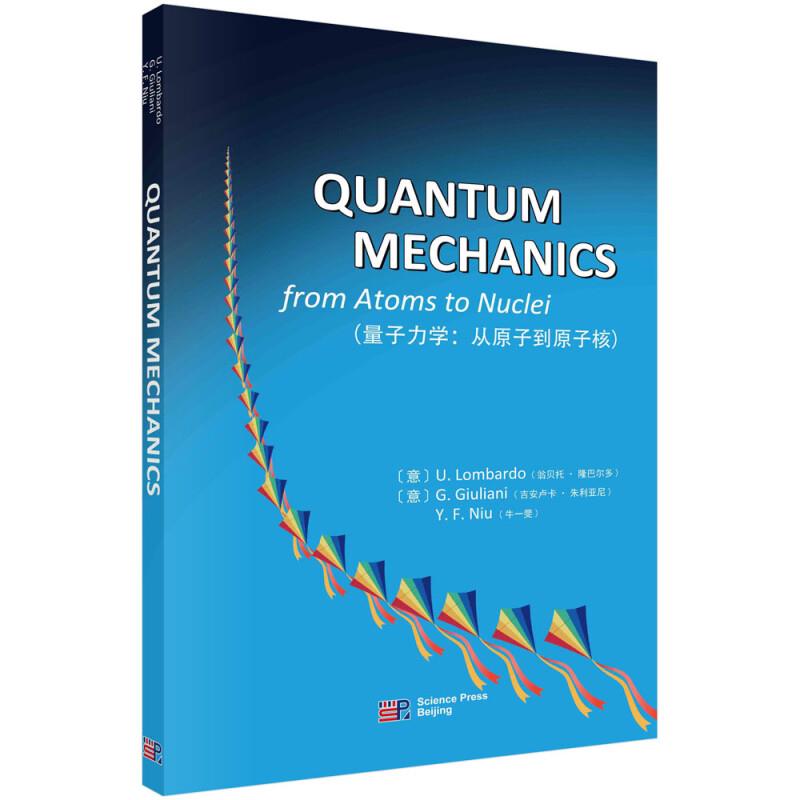
量子力学:从原子到原子核:from atoms to nuclei

- ISBN:9787030720344
- 装帧:一般胶版纸
- 册数:暂无
- 重量:暂无
- 开本:24cm
- 页数:14,278页
- 出版时间:2022-06-01
- 条形码:9787030720344 ; 978-7-03-072034-4
内容简介
Thistextbookisaddressedtograduateandpost-graduatestudentsinPhysics.ltisintendedtoprovideaself-containedintroductiontotheprinciplesofQuantumMechanics,basedontheanalysisofmeasurementprocessesofmicroscopicsystemsandtheintroductionofthephysicalobservablesasgeneratorsofsymmetrytransformations.Afterstandardtrainingargumentstheapplicationsaremainlyfocusedonatomicandnuclearphenomena,astheyoccuronaquitedifferentspace-timescale.Thus,thetextflowsfromthesimplestsystems,i.e.proton-electronintheHydrogenatomandproton-neutronintheDeuteronnucleus,tothecomplexmany-bodysystems,i.e.stablestatesofatomsandnucleiofthePeriodicTable,andfinallytoinfinitemany-bodysystems,includingatomicandnuclearfluids.Adigressionismadeontheapplicationtoastrophysicalcompactsystems.
目录
-

昆虫的生存之道
¥12.2¥38.0 -

宇宙与人
¥11.2¥35.0 -

假设的世界:一切不能想当然
¥17.1¥45.0 -

古文诗词中的地球与环境事件
¥9.0¥28.0 -

造就适者——DNA和进化的有力证据
¥17.6¥55.0 -

130种美鸟彩图馆
¥17.1¥39.8 -

东京文艺地图(九品)
¥12.2¥38.0 -

现代物理学的概念和理论
¥20.4¥68.0 -

了不起的昆虫(八品)
¥16.7¥45.0 -

明清科技史料丛考
¥12.0¥28.0 -

时间简史-普及版
¥16.3¥38.0 -

DK有趣的学习:有趣的生物——生命是什么
¥10.1¥29.8 -

递归求解
¥9.0¥28.0 -

技术思考-技术哲学的基础
¥6.7¥21.0 -

为了人人晓得相对论
¥3.9¥13.5 -

李先闻自述-20世纪中国科学口述史
¥14.7¥46.0 -

图说相对论(32开平装)
¥14.7¥46.0 -

世纪幽灵-走近量子纠缠
¥9.0¥28.0 -

科学与现代性:整体科学理论
¥14.2¥33.0 -

现代炼金术的兴起:卡文迪什学派
¥5.4¥16.8








